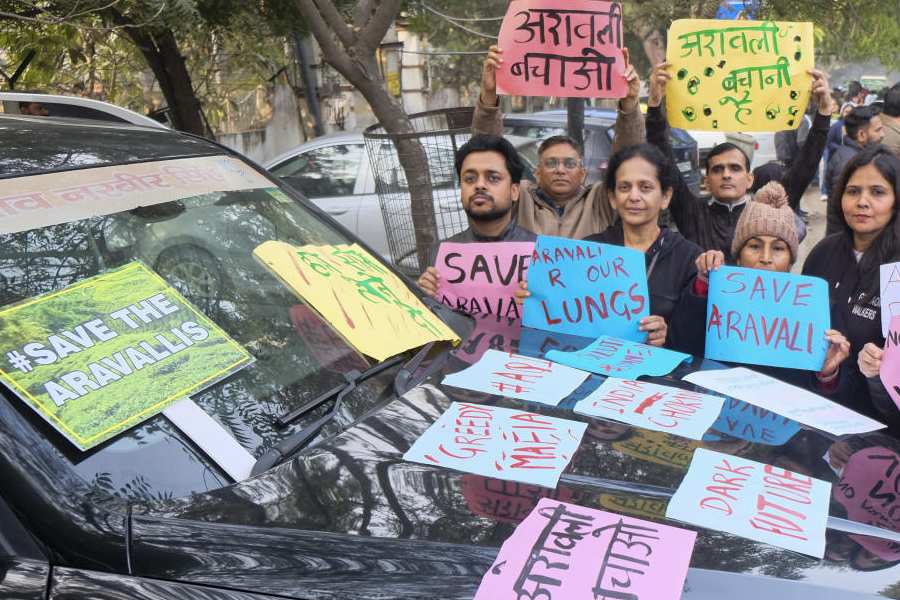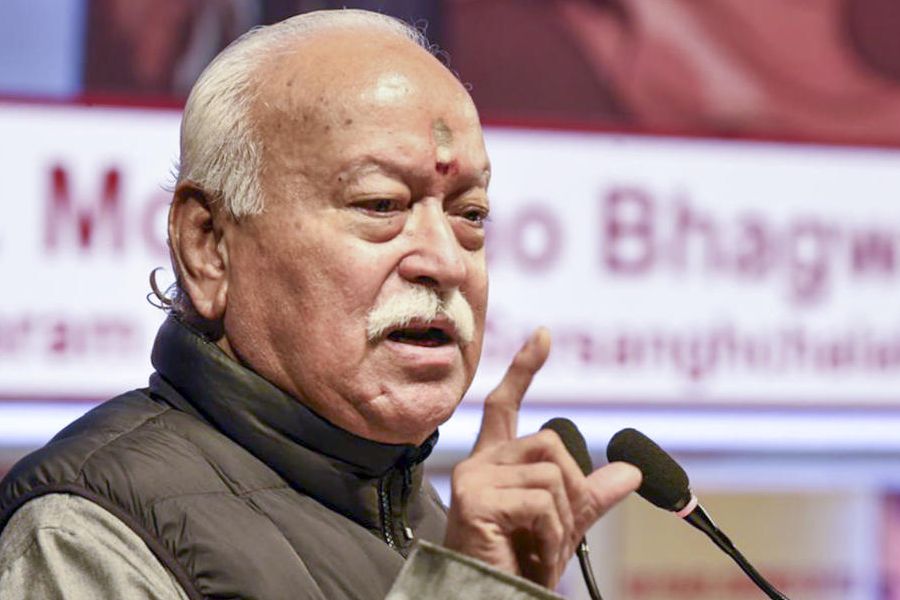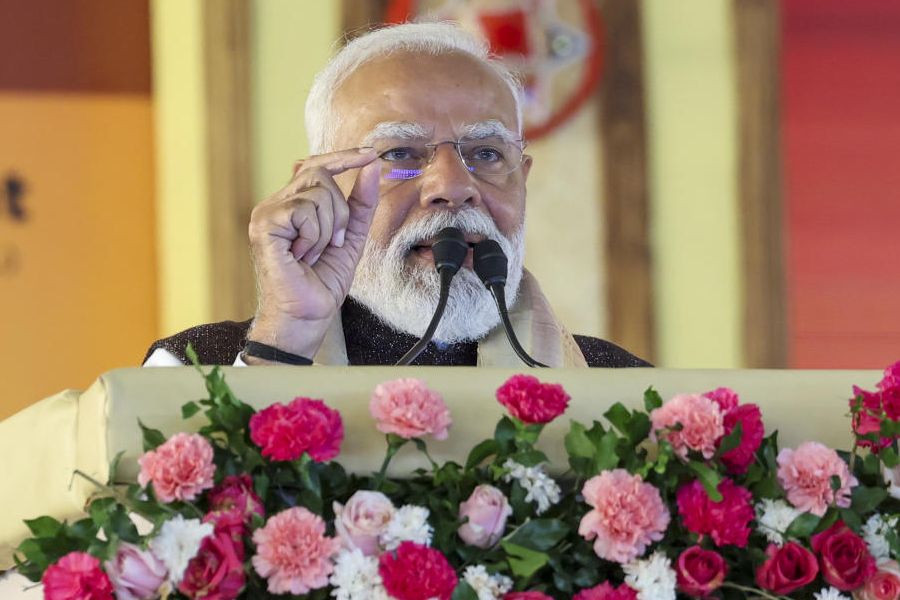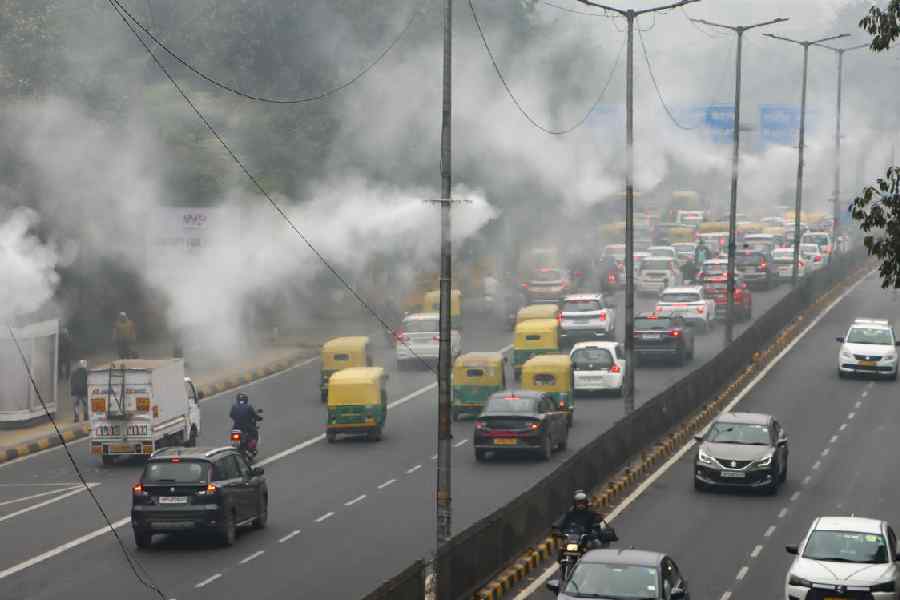|
|
Dayanita Singh Fundación Mapfre & Penguin, Rs 5,999
Dayanita Singh is clearly one of the most significant photographers of our times. This elegant retrospective book was long overdue and yet seems early, considering there is so much more to look forward to from her. Singh, whose journey started with a tumble in front of the musician, Zakir Hussain (the introduction talks about many such ‘knocks’ that would shape her as a photographer), has an astounding body of work in the little over two decades of her career. When she completed her degree in photography from New York, there were few options for photographers in India, and her journey from the factual and formulaic genre of photojournalism to becoming the visual poet that she is today is part of what this book explores. With over 200 photographs, it also introduces us to different actors and backdrops that have influenced the mental landscape of this photographer. They could be fellow travellers (writers, poets, subjects and mentors) or they could be influences (music, literature, works of art and films) or things less tangible and difficult to pin down (thoughts, associations and feelings). The book is generous in the clues it offers, yet restrained in not explaining it all away. Its non-fussy outer appearance is strikingly different from the more extravagantly mounted coffee-table books on photography today.
With select images from each of the artist’s major works (I Am as I Am, Myself Mona Ahmed, Go Away Closer, Sent a Letter, Ladies of Calcutta, Blue Book and Dream Villa) and accompanied by some of the most definitive writings on these bodies of work, the book is a collector’s item. It carries two essays by the historian, Sunil Khilnani, email correspondence by her famous subject, Mona Ahmed, and five essays by Aveek Sen. In addition, the book has two biographical essays.
While Carlos Gollonet and Carlos Martin Garcia approach Dayanita’s journey as a photographer through well-researched facts and detail, Sen adopts a more reflective style in telling her story. Each of the other essays approaches the photographer from different points of view. Mona Ahmed’s emails to the Scalo publisher, Walter Keller, remind us that Singh, who may be opposed today to context, is not oblivious to the problematic of representation. Instead of being a predictable polemic, however, Mona’s text narrates an inward journey weaving its way through the photographs like a visual novel. Khilnani brings the richness of detail of a historian’s pen to his eloquent essay, “What to See in Benaras”, about the inner sanctums of India’s “most photographed city” depicted by Dayanita. His essay on Dream Villa, “India by Night”, begins with a historical explanation of how the electrical bulb transformed the night sky in India forever, but asks at the end, “What lies beyond the pools of light?” These are followed by five thought-provoking essays written by Aveek Sen, who has closely followed Singh’s work for over two years. These essays open up the possibility of an altogether different way of writing about photography today.
At a time when photography in India was overwhelmingly defined by Cartier Bresson’s ‘decisive moment’, Singh charted a different route that would be less about capturing spectacular moments and more about rumination and reflection. Over time, Dayanita’s work would shed the accompaniments of context and captions, considered so integral to a certain kind of documentary sensibility. As the photographs in the book indicate, she does not tell us complete stories; she asks us to imagine our own from her images. Singh’s work has always defied easy categories. By the time you think you have slotted her as a portraitist, a poet, a diarist or an artist, she has already moved on. One clue for that is provided by Sen who suggests that Singh’s images continue to be ‘made’ long after she has ‘taken’ them. Her photographs become living presences, through relationships with their protagonists, through exhibitions, and modes of distribution and reprinting (of late) in books.
In this book, Sen is Singh’s poetic biographer, pointing out patterns, traces and intimate connections among bodies of work. In the “ongoing life” of her images, Singh’s famous cover image of a sleeping girl, Poppy, morphs into “a young bride being hugged, as she already begins to look beyond the shoulder of the woman who is saying farewell to her”. Sen’s biographical essay shows how the “Poppy moment” would be a significant one in Dayanita’s life, “one in which various strands of memory, several levels of being in time, converged to produce something like an epiphany, transforming her photographic practice and making a profound shift in her inner life”.
In “Fiction in the Archives”, Sen sets the stage not just for Dayanita’s photographs but also for the ambience and the conversations around them. He describes a performance-show in Calcutta in 2008, where the photographs would become props for something else to happen as Singh’s ‘Ladies of Calcutta’ took their portraits off the gallery wall to put them up in their homes. But Sen does not romanticize the relationship between photographer and subject, instead offering other insights about working inside urban middle-class homes: “The question of being graciously allowed in arises only when one is not, and can never quite be, an insider. It is this ambiguous position between inside and outside that produces both the comedy and tenderness of this work. One thinks of one’s grandmother’s preserves only when one has experienced a kind of expulsion from that world by the inevitability of freedom from mothers and grandmothers and families — the freedom to be a photographer.”
Sen’s concluding essay, “Difficult Loves”, is a tribute to Italo Calvino, whose absent presence looms large over the book. Freed from the tyranny of facts, dates and names, this account of Singh’s life and art is evocative in much the same way as her photographs are. Weaving in references to life-transforming experiences in her work, the essay is peppered with clues about the real people who are crucial to Singh’s art, but whose names have been respectfully kept undisclosed. The Curator, the Writer, the Poet, the Publisher, the Musician or the Mystic are people she knows intimately and they have deeply influenced her work. Through them, we are also given insights into the worlds of music, poetry, literature and films that this photographer inhabits. In this delicate web of connections, there are no direct or causal relationships. But they all contribute to the interior world of Dayanita Singh, one that she draws from, in order to paint with her camera the most vivid dreamscapes of our times.
[Aveek Sen is senior assistant editor, editorial pages, The Telegraph]












